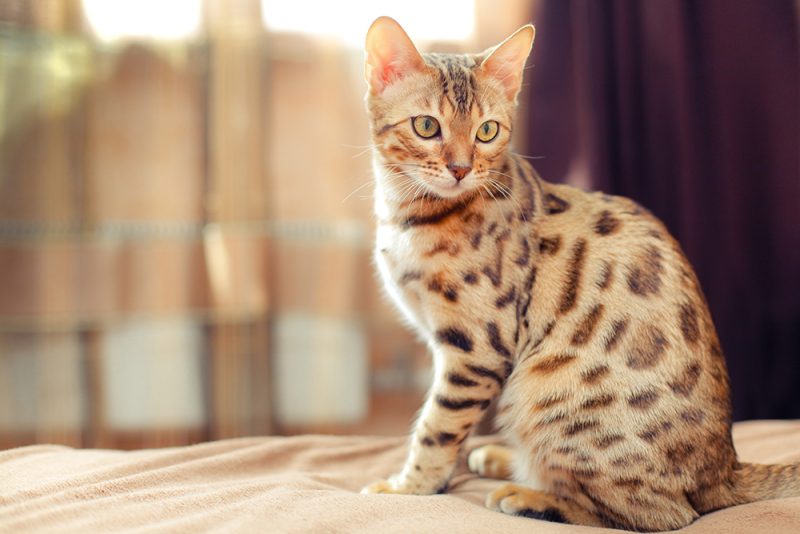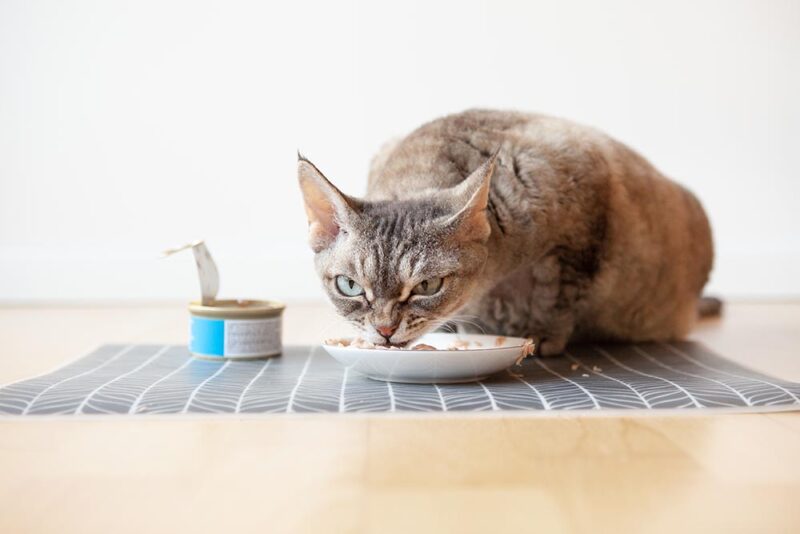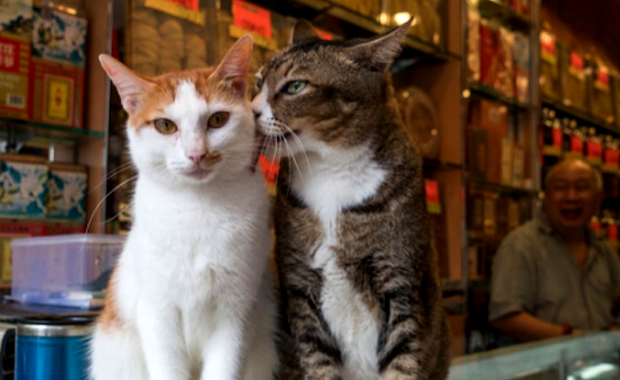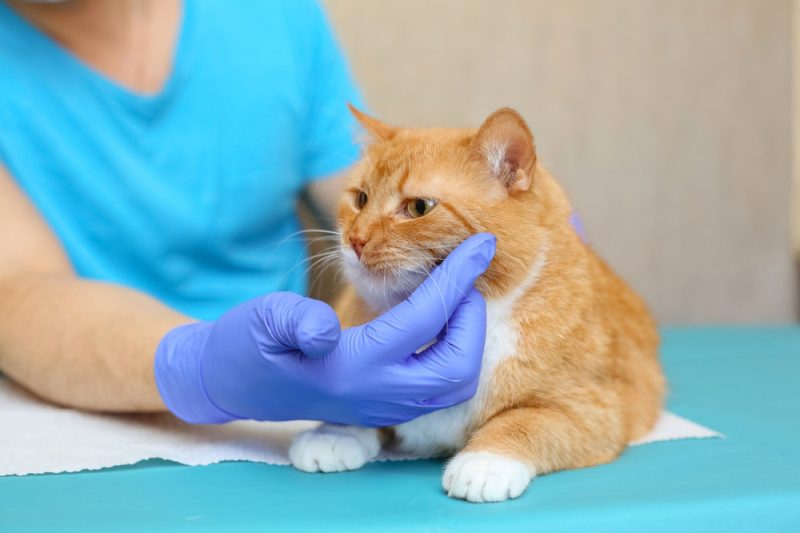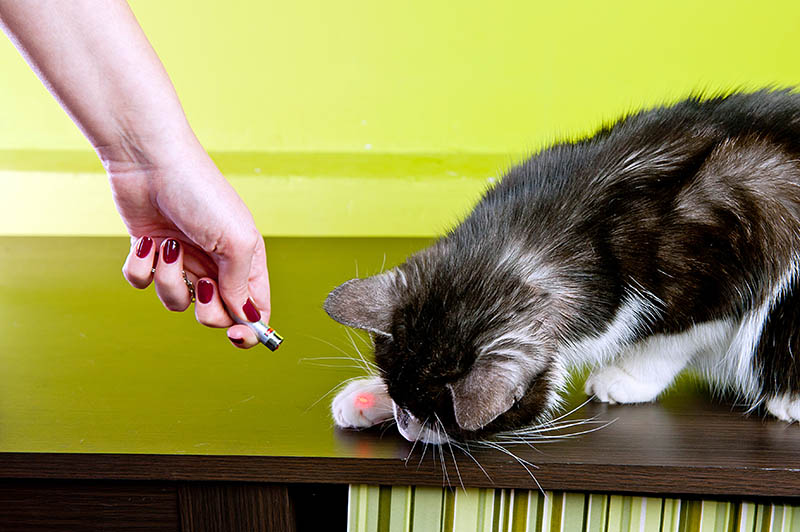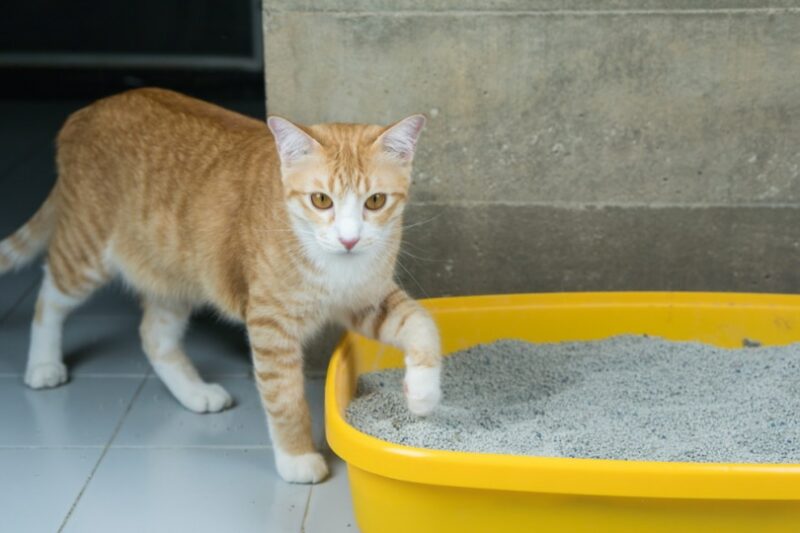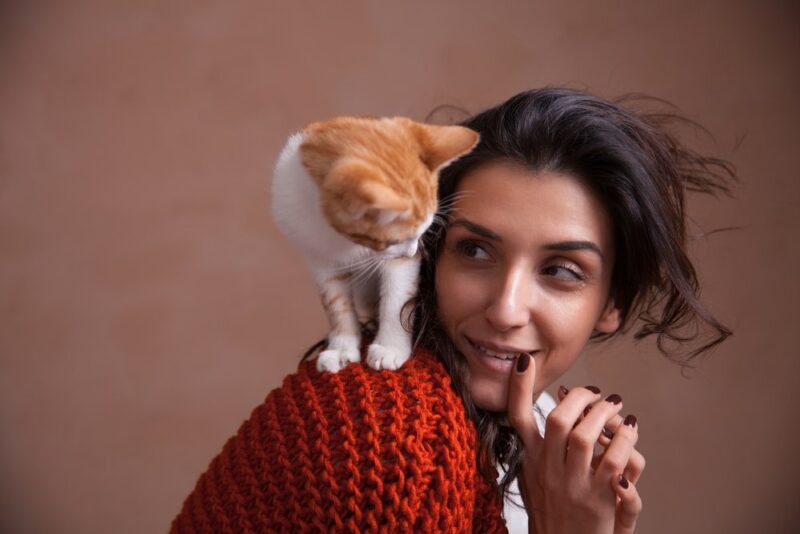Cats are becoming increasingly popular pets. While there are many great things about the rise in the popularity of cats, an unfortunate side effect is an increase in stolen cats. Purebred cats are more susceptible to being stolen as popular cat breeds are more coveted by cat robbers.
While it’s not healthy to live in constant fear about your cat getting stolen, it’s important to be aware of how cats get stolen and which breeds are more susceptible to it. We’ll review several cat breeds that are more likely to get stolen and how to prevent cat robberies from occurring.

The 8 Cat Breeds That Get Stolen Most Often
1. Bengal Cat
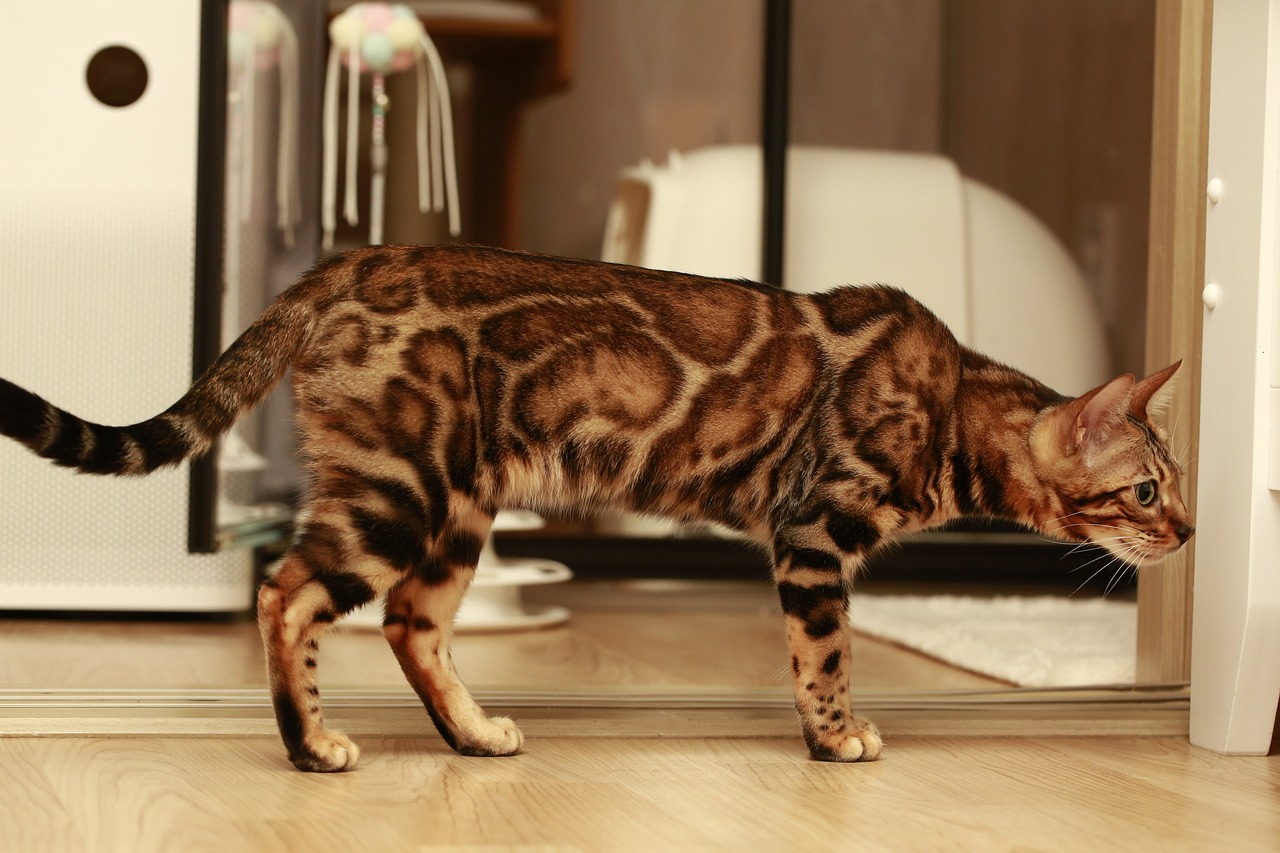
The Bengal cat is a highly coveted cat breed because of its exotic appearance and rarity. It can be difficult to breed Bengal cats, but there is such a high demand for them. Since there are particular challenges to breeding Bengal cats, kittens are relatively expensive and can easily be sold for several thousands of dollars. Some kittens with an elite pedigree can be sold for over $10,000 each.
It’s also helpful to note that some states also don’t allow Bengal cats as pets. So, people may have more of a motive to steal them and smuggle them into states with more restrictive pet laws and regulations.
2. Domestic Shorthair
Domestic Shorthairs are a common cat breed that comes in all kinds of colors and patterns. They’re more likely to be stolen simply because there are so many of them living in American homes. Domestic Shorthairs may not always be agreeable or compliant, but they’re not known to be aggressive. Some may act aloof toward strangers, while others may be curious and interested. It can be easy for some Domestic Shorthairs to get stolen, especially if they’re food motivated and easily enticed by treats.
3. Maine Coon
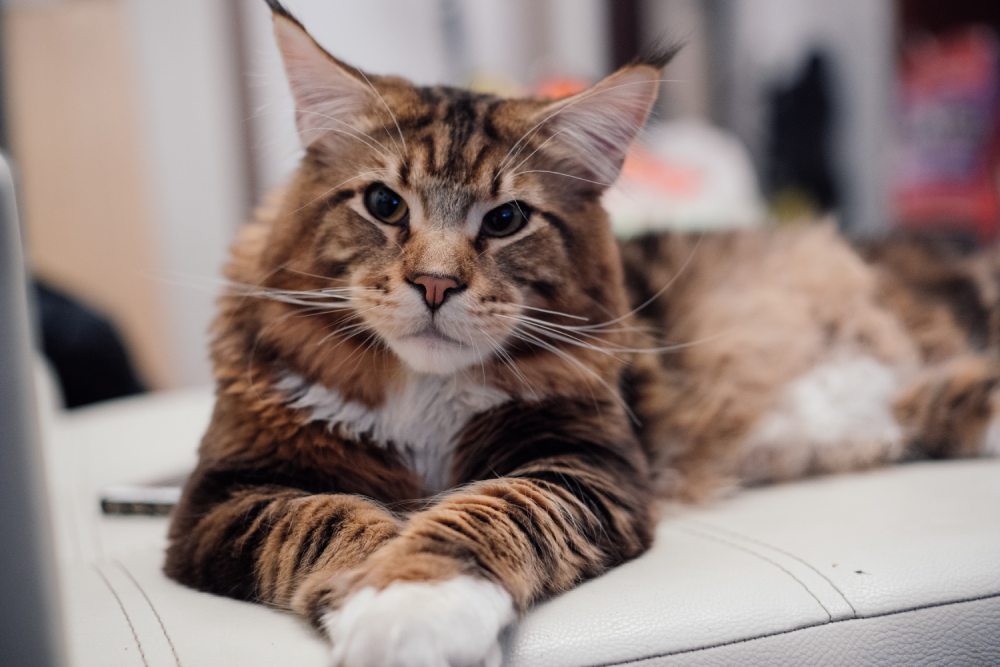
Maine Coons are another popular cat breed. They’re most known for their large size and gentle personalities, making them wonderful and highly coveted pets. Maine Coons may be easier to steal because of their friendly and loving nature. Most develop a strong bond with their families and can be found waiting for their owners by the door. While this can be very cute and endearing, it’s also an easy way for them to get stolen. Some Maine Coons can be too trusting of other humans as well and may be more agreeable to leaving the home with a stranger.
4. Ragdoll
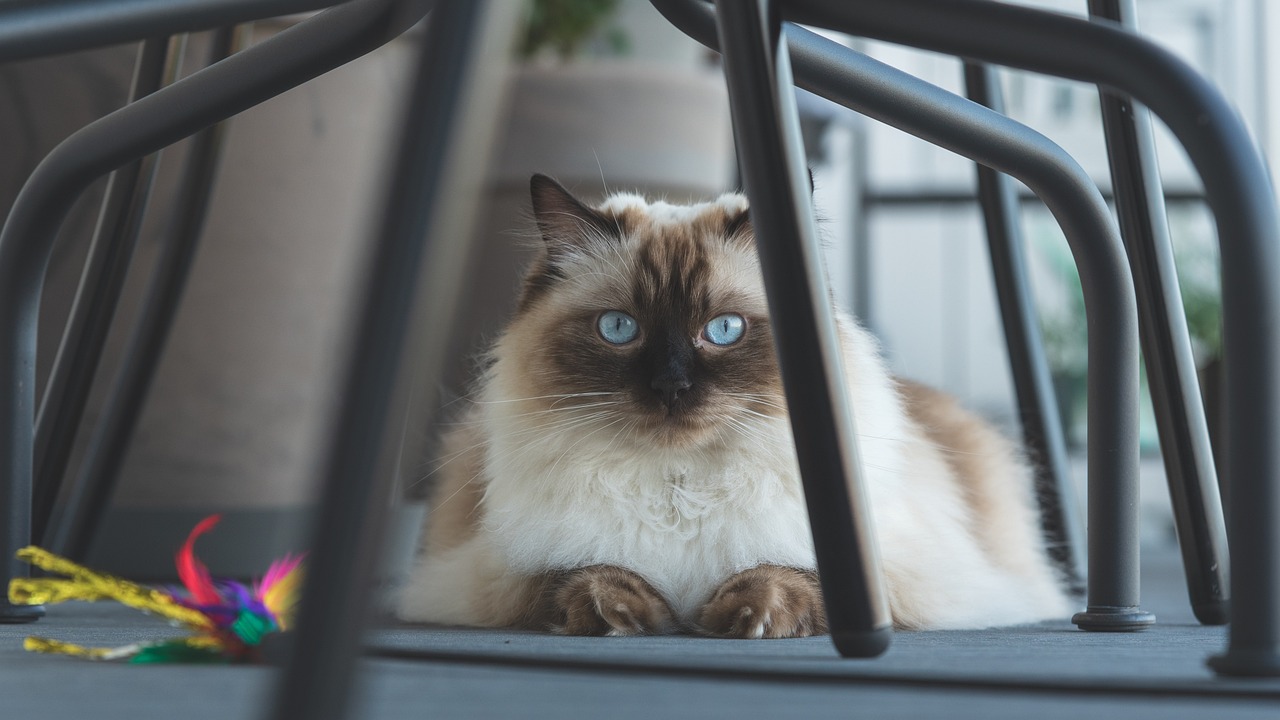
Despite being a larger cat breed, Ragdolls tend to be very docile and quiet. Sometimes, you may not even realize that they’re in the same room as you. Ragdolls get their name because they become limp when you hold them. These cats are not vocal, so it’s easy for them to get stolen unnoticeably. Ragdolls are also fairly gentle and non-aggressive, so they won’t really put up a fuss if they’re handled by a stranger.
5. Russian Blue
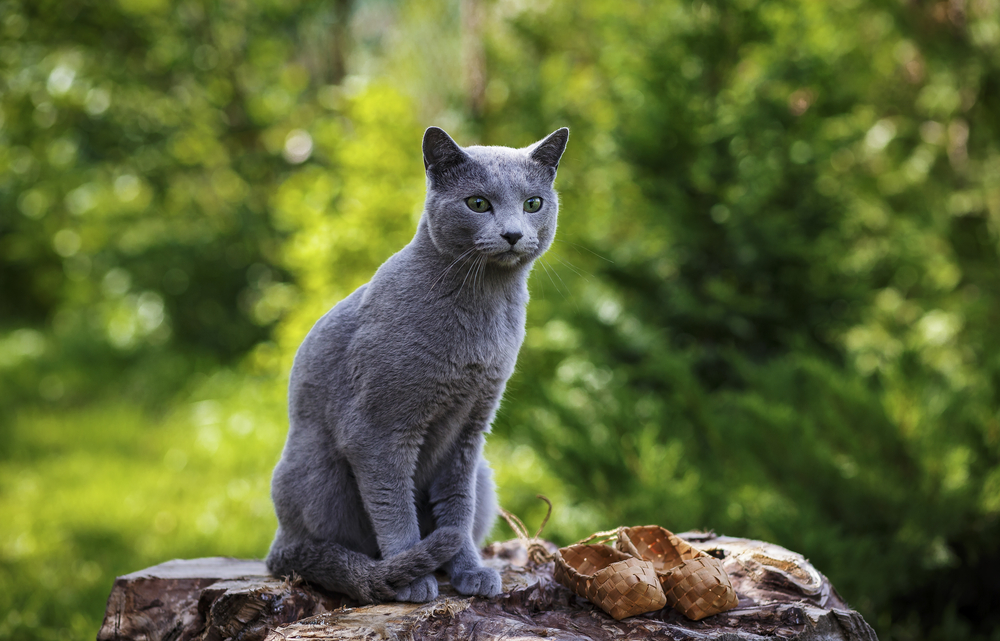
Russian Blues are an uncommon cat breed known for their distinct appearance. These cats have beautiful and luxurious gray coats and stunning eyes. They can also be sold at pretty expensive prices, which makes them a preferable target for cat robbers.
Russian Blues are affectionate and playful with their family members, but they’re often aloof with strangers. So, there’s a good chance that a Russian Blue will be hiding if a stranger enters the home, especially if its owners aren’t there.
6. Siamese

Siamese cats are targets for robberies simply because of their popularity. These cats are iconic, and most people are able to identify them. They also have compatible personalities and temperaments for first-time cat owners. They’re affectionate while also being independent. They’re not particularly finicky and have low health risks.
Since Siamese cats are so popular and common, they’re more susceptible to getting stolen. Not many people will question how a Siamese cat got into someone’s possession and will be more open to purchasing one without realizing that it’s a stolen cat.
7. Sphynx
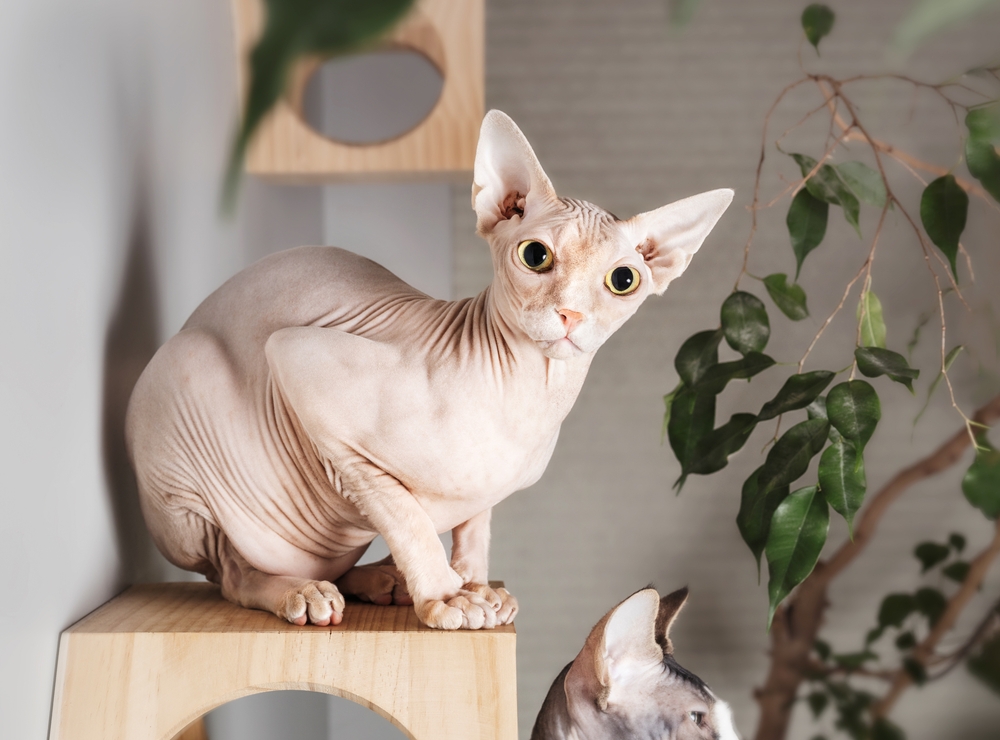
Sphynxes are popular because of their unique appearance and friendly temperaments. They’re known to be more social and show curiosity towards strangers, and they’re also fairly adaptable and can live peacefully with other cats and dogs. These qualities make them more likely to approach a stranger and get stolen. Sphynxes can also be falsely advertised as 100% hypoallergenic cats because of their hairlessness. So, people may be more likely to buy one if they have cat allergies or live with someone with allergies.
8. Scottish Fold
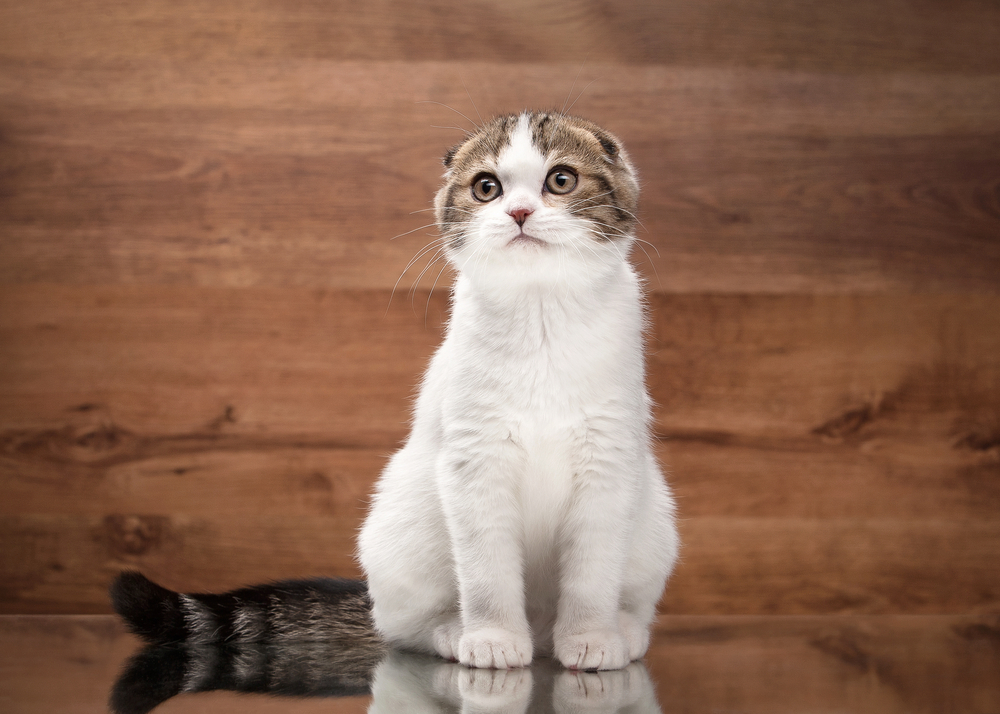
Cats with unique appearances and features tend to be more heavily targeted by robbers. Therefore, the Scottish Fold is susceptible to theft. These cats have unique ears that fold down due to a genetic mutation. It can be difficult to breed Scottish Folds with the signature ear fold because not all of them will inherit this genetic mutation. It occurs randomly, and breeders have yet to be able to completely control outcomes.
Scottish Folds also have sweet personalities and can be very affectionate with their owners. Since they make such wonderful pets and have unique features, they’re more likely to get stolen.

How to Prevent Your Cat from Getting Stolen
There are several things that you can do to protect your cat from getting stolen. The first thing that you want to do is make sure that your cat is microchipped. This can increase the chances of your cat returning home if your cat’s new owner takes them to the vet to get microchipped.
Cats that have been spayed or neutered may be less likely to get stolen because of a few reasons. First, they won’t have the desire to roam and search for a mate, so they’re less likely to escape the home. They also won’t be targeted and sold for breeding purposes.
It’ll also be helpful to install CCTV cameras so that you know exactly who approaches your property. You can also find affordable pet cameras that you can install inside your home. Never let your cats outside on your balcony or patio if you’re not home. It’s much safer to keep them completely indoors if you’re not present to supervise them. Make sure also to have pet sitters take care of your cats when you’re not home for several days. This ensures that someone is consistent with them while you’re gone.

Conclusion
Cat thievery is an unfortunate reality, and some cat breeds are at higher risk of getting stolen. Fortunately, cat owners can take several practical steps to protect their precious cats from getting stolen. Microchipping and neutering or spaying your cat can reduce incidences that lead to thievery. Installing cameras and safeguards around the home can also discourage robbers from targeting your home. Lastly, closely supervising your cat while they’re outside and hiring pet sitters while you’re away for extended periods of time can greatly reduce the risks of your cat getting stolen.
Featured Image Credit: Shvaygert Ekaterina, Shutterstock
